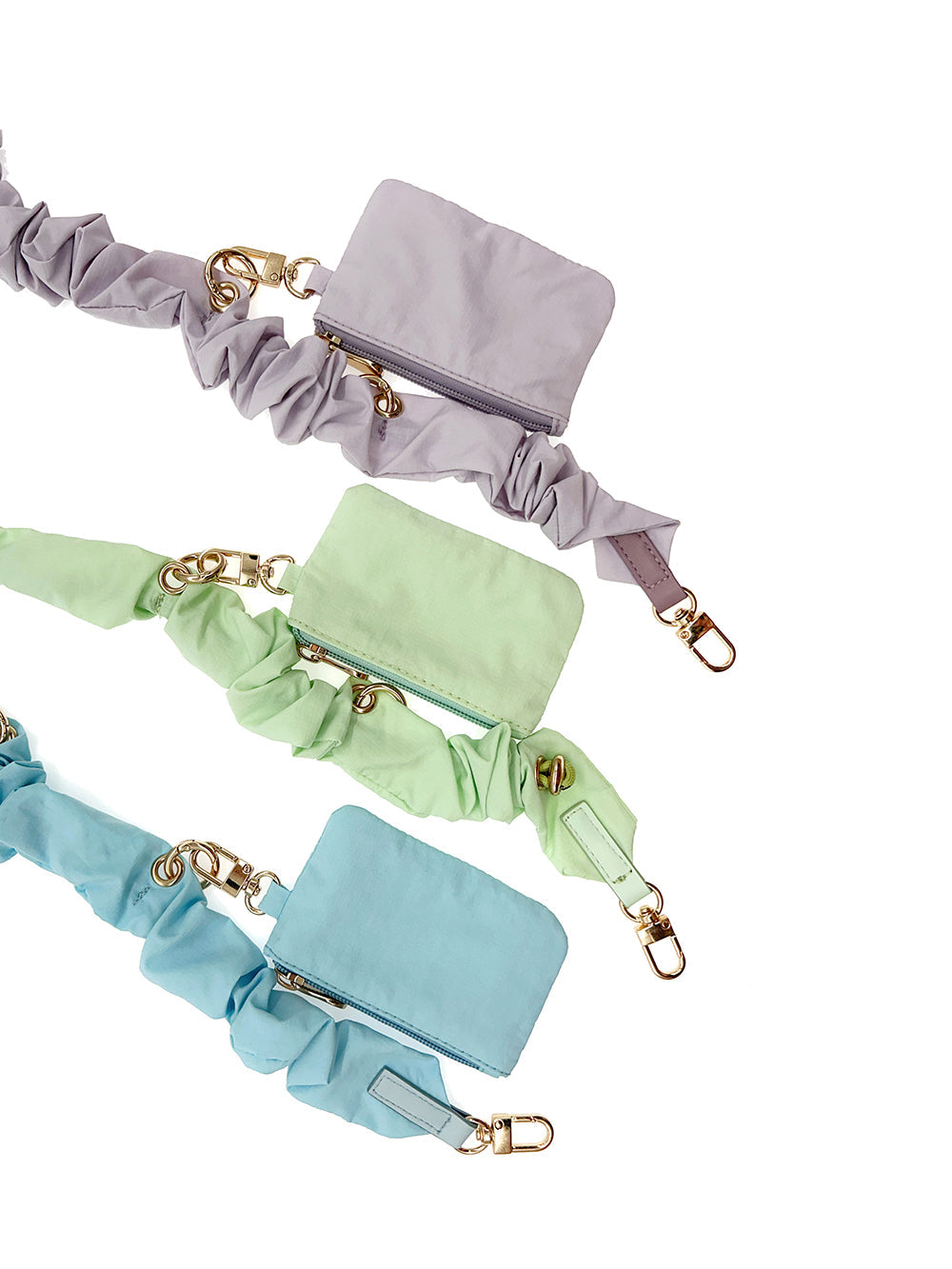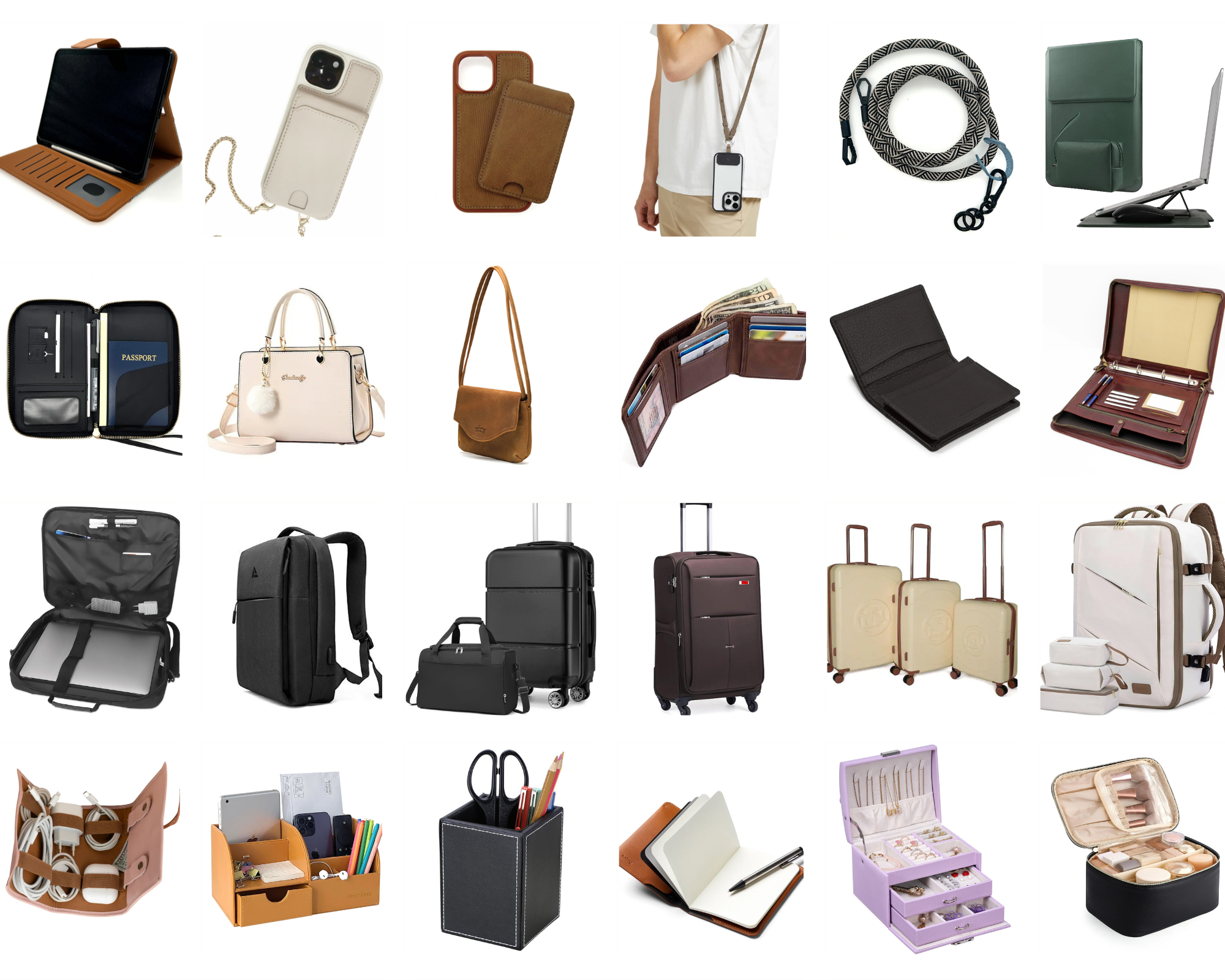
PU Leather vs. Full-Grain Leather: A Complete Comparison to Help You Choose
Share
When shopping for leather goods, you'll often face the choice between PU (polyurethane) leather and full-grain leather. Both have their advantages, but understanding their differences will help you make the best decision for your needs and budget.
Full-grain leather is considered the highest quality real leather available. It comes from the top layer of animal hide and keeps all its natural grain, making it extremely durable. Over time, it develops a beautiful patina that many people love. However, this premium material comes at a high price and requires regular maintenance like conditioning to keep it looking its best.
PU leather, sometimes called synthetic or vegan leather, is made by coating a fabric base with polyurethane. The biggest advantages are its lower cost and easier care - just wipe it clean with a damp cloth. It's also a great option for those who prefer animal-free products. The downside is that PU leather typically doesn't last as long as genuine leather and may start peeling or cracking after several years of use.
So which should you choose? If you're looking for an investment piece that will last decades and develop character over time, full-grain leather is worth the higher price. But if you need something affordable, low-maintenance, and cruelty-free, PU leather makes more sense.
Consider how you'll use the item too. For furniture that gets heavy daily use, full-grain leather's durability shines. For fashion items you might replace in a few seasons, PU leather offers great value.
Remember that quality varies within both categories. High-end PU leather can outperform cheap genuine leather, while premium full-grain leather far surpasses basic versions. Always check the craftsmanship and materials before buying.
Ultimately, the "better" option depends entirely on your priorities - whether that's longevity, ethics, cost, or maintenance requirements. Both materials have their place, and understanding their differences ensures you'll make the perfect choice for your needs.





